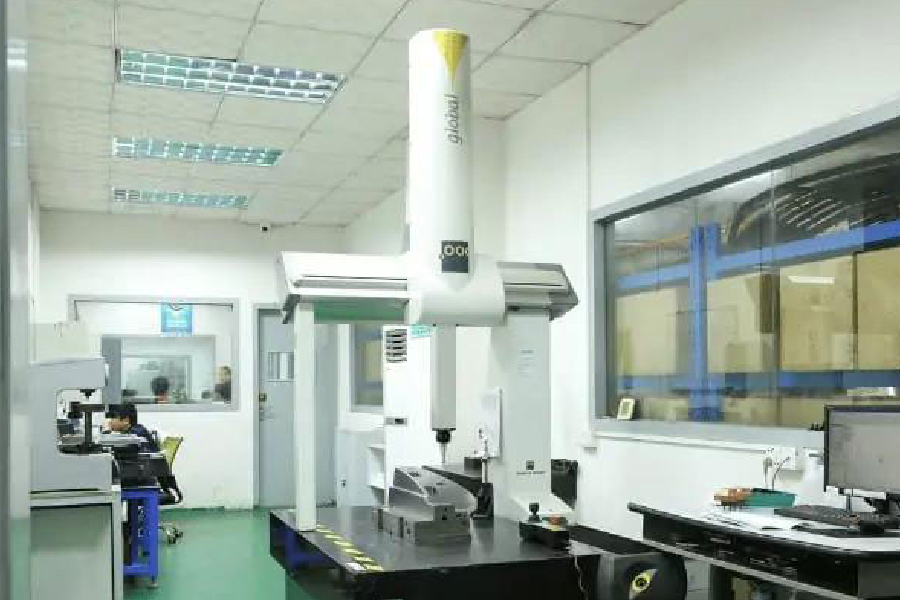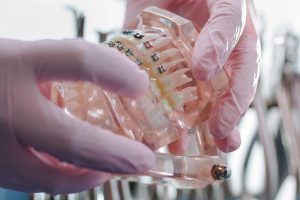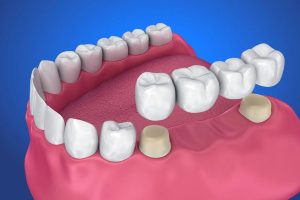
Additive manufacturing is making electronic dental care a practical service selection, combining high quality and boosted patient treatment with low system prices and streamlined operations.
Today, three 3D printing modern technologies prevail in dental: stereolithography (SLA), electronic light handling (DLP) as well as product jetting. Each modern technology can supply the precision and also accuracy needed for oral applications, however, high quality can differ among different makers and systems.
1. Stereolithography (SHANTY TOWN)
fluid material is uniquely revealed to a laser light beam across the print area, solidifying material in certain locations. Stereolithography is highly exact and has the best surface area coating of the 3 innovations. SLA printers provide big develop volumes and a wide variety of products for numerous applications. Switching materials is as very easy as switching the resin container and also cartridge. The combination of little footprint, simple process, and also low cost make desktop SLA printers fit for both oral laboratories and practices.
2. Digital Light Handling (DLP)
Digital light processing operates with the exact same chemical process as RUN-DOWN NEIGHBORHOOD but makes use of an electronic projector as a source of light to solidify the resin, rather than a laser. DLP printers have a small impact, easy process, and wide variety of material options, however at a considerably greater cost than desktop computer SLA printers. DLP parts likewise have a tendency to reveal voxel lines– layers created by small rectangular bricks due to electronic screen– and also have a usually lower high quality surface area finish.
3. Material Jetting
Product jetting (PolyJet and MultiJet Modeling) 3D printers function in a similar way to inkjet printing, however instead of jetting declines of ink onto paper, they jet layers of fluid material onto a construct tray as well as cure them instantly utilizing light.
Material jetting technologies were one of the most common in the oral sector a couple of years earlier, but growth was restricted by their high expense and the plus size of the devices. They need substantial post-processing and also the surface area finish of parts produced with this innovation is typically inferior to RUN-DOWN NEIGHBORHOOD or DLP. Product jetting systems have high throughput but can only be used for a limited range of applications due to the pricey, exclusive materials.
ESSENTIAL FEATURES WHEN EVALUATING 3D PRINTING OPTIONS
– Accuracy and Precision
– Simplicity of Use and also Reliability
– Expense as well as Roi
– Products as well as Applications
– Throughput as well as Scalability
HOW MUCH DO 3D PRINTERS PRICE
Dental 3D printers can begin at a couple of thousand dollars for material desktop 3D printers (SLA or DLP) to as much as tens of countless bucks for steel 3D printers developed for direct production. Some producers only make oral 3D printers while various other have actually established details oral product lines.
Entry-level desktop computer SHANTY TOWN or DLP 3D printers begin around $1,000 and also can be made use of to produce mold and mildews utilizing a unique casting resin. Industrial-grade oral additive production systems can cost up to 10s of hundreds of bucks. Dental 3D printers’ rates vary based upon a number of variables:
Publish top quality
The higher the resolution offered by the 3D printer the better, and usually the extra costly the 3D printer.
Build quantity
A lot more pricey dental 3D printers typically supply a bigger print quantity, enabling dental laboratories to optimize their production circulation and also enhance their ROI.
Oral 3D software program
A unique software application is required to develop personalized dental implants based on a 3D check of the client’s mouth. The oral 3D software program is a crucial part of the digital dental care value chain and can be costly.
Dependability and repeatability
possibly one of the most vital aspects when it comes to making use of 3D printing for dental appliances manufacturing. Professional dental 3D printers have to be able to consistently deliver top-quality prints, especially in a dental laboratory setting where quality assurance are regular, as well as a high production result is anticipated. Therefore, some oral 3D printers are a lot more pricey than various others due to the fact that they offer this integrity.

